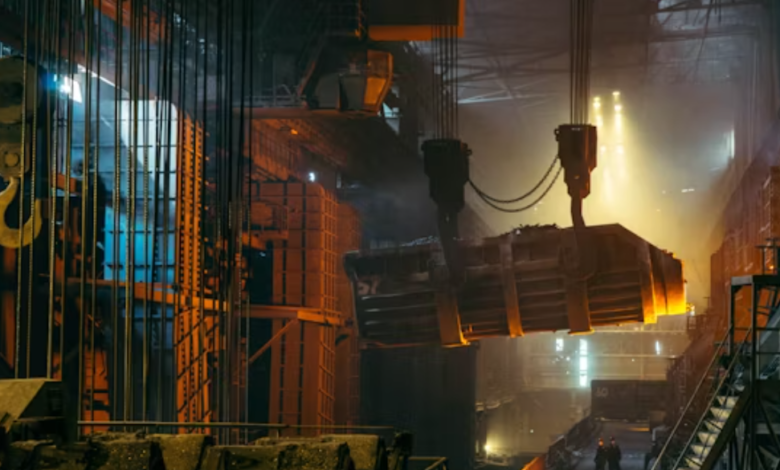Foundations of Accountability: How to Undertake the Responsibility of a Commercial Construction Project

Taking on a commercial construction project isn’t just about pouring concrete and erecting walls—it’s about managing vision, risk, timelines, and a wide network of moving parts. These projects are often complex, high-stakes endeavors that demand not only technical expertise but also sharp coordination, strong leadership, and a commitment to quality from start to finish.
To successfully shoulder this responsibility, a construction company must be as solid as the structures it builds. Here’s how to take on that role with confidence, efficiency, and the right tools by your side.
Understand the Scope Before You Begin
Every commercial project starts with a blueprint, but the real foundation is understanding the full scope of what’s ahead. Before signing a contract or mobilizing your crew, take the time to analyze the project’s complexity, timeline, regulatory requirements, and budget limitations.
Meet with stakeholders to clarify expectations, identify potential hurdles, and determine the resources needed to deliver results. This phase is about setting the tone—because the clearer your roadmap at the beginning, the fewer surprises you’ll face halfway through the build.
See also: Investor Visas: How To Immigrate Through Business Investment
Choose Strong Structural Materials Like Square Hollow Section Steel
A commercial structure demands strength and stability, and one material that delivers both is square hollow section (SHS) steel. Its uniform shape and structural efficiency make it ideal for columns, frames, and load-bearing applications.
When used in commercial buildings, SHS provides flexibility for design without sacrificing strength. It’s also easy to transport and install, which makes timelines easier to meet and reduces labor strain. Choosing reliable steel products like SHS helps ensure the integrity of the project and adds long-term value to the final structure.
Keep the Site Productive with ELGi Compressors
Construction sites rely on tools that depend on consistent power, and ELGi compressors are designed to handle that challenge with ease. From powering jackhammers and drills to supporting painting systems and pneumatic tools, a high-performing compressor keeps your operation moving.
ELGi compressors are known for their energy efficiency, durability, and low-maintenance performance, making them ideal for large-scale commercial sites where uptime matters. Integrating reliable air systems into your project plan minimizes delays, ensures safety, and boosts the overall productivity of your crew.
Assemble a Team You Trust
A commercial build is only as strong as the people behind it. That includes not just your in-house crew, but also subcontractors, engineers, and suppliers. Select partners with proven experience on commercial sites and make sure everyone understands the expectations, timelines, and safety protocols.
Clear communication from the start is crucial—misunderstandings on a commercial job can cost thousands and cause serious project setbacks. When your team trusts each other and stays accountable, it reflects in the quality of the work and the ease of execution.
Maintain Clear Documentation and Compliance
One of the most important responsibilities in commercial construction is staying compliant with local, state, and federal regulations. This includes everything from permits and inspections to safety logs and environmental standards. Keep meticulous documentation of every step of the process—procurement, change orders, approvals, and safety reports.
Taking on a commercial construction project is no small task, but with the right preparation, materials like square hollow section steel, and equipment like ELGi compressors, your company can carry the responsibility with confidence. It’s about more than just finishing a building—it’s about proving your capability to lead, deliver, and exceed expectations on every floor, frame, and foundation.




